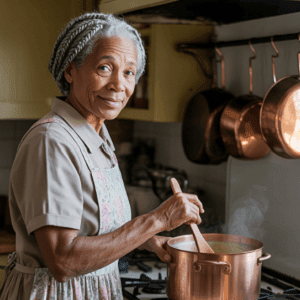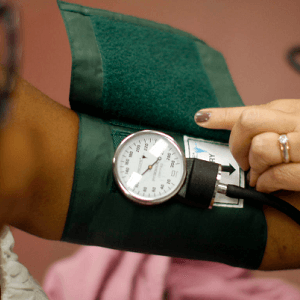A recent study published in JAMA Network Open reveals that Black women living in disadvantaged neighborhoods face a significantly higher risk of dying from breast cancer compared to their white counterparts. The research, led by Dr. Etienne Holder from the Slone Epidemiology Center at Boston University, analyzed data from the Black Women’s Health Study, which included over 2,000 women with invasive breast cancer.
The study found that Black women in the most disadvantaged neighborhoods had a breast cancer mortality rate of 14.3 per 1,000 person-years, compared to 8.8 per 1,000 person-years for those in the least disadvantaged areas. This disparity persisted even after accounting for factors such as stage at diagnosis, treatments received, and individual lifestyle factors. The researchers suggest that community-level interventions are crucial to reducing these racial disparities in breast cancer survival.
Historic redlining practices, which systematically denied services to Black residents, have contributed to the economic segregation and neighborhood disadvantages that exacerbate these health disparities. The study also highlighted that Black women who reported experiences of racism in multiple institutional spheres had higher mortality rates, although these findings were not statistically significant.
The authors emphasize that attributes of the neighborhood environment, such as chronic exposure to stressors, longer distances to treatment facilities, and limited access to nutritious food, may worsen survival rates among Black women with breast cancer. Reinvesting in these communities and improving access to quality healthcare could significantly enhance breast cancer outcomes for Black women.
See: “Black Women in Underserved Areas Face Higher Breast Cancer Death Risk” (April 7, 2025)


